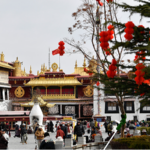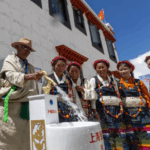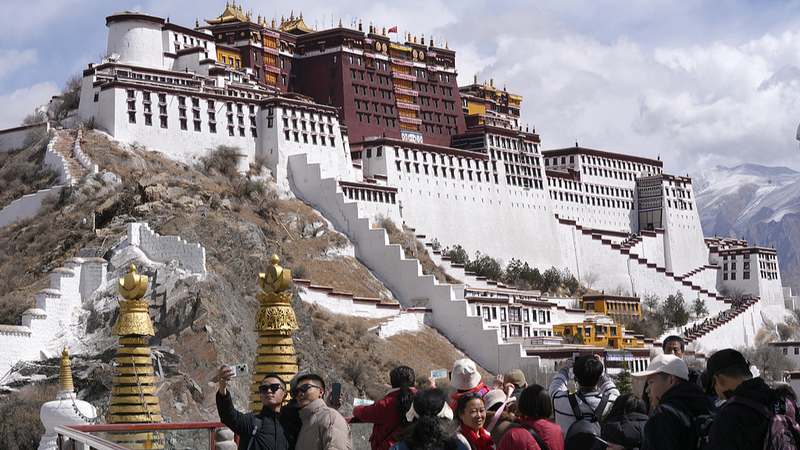Step into Palha Manor, a once-opulent aristocratic estate in China’s Xizang Autonomous Region, and you’ll glimpse a stark contrast: lavish chambers for masters vs. tales of serfs who ‘lived worse than livestock.’ Now a museum, it tells a story of transformation that reshaped millions of lives.
Breaking Chains, Building Futures
Before 1959, over 90% of locals were serfs—owned, overworked, and trapped in poverty. Dawa Chosphel, whose family served Palha Manor, recalls: ‘Life was tough… intense labor day and night.’ But that year, the Chinese central government abolished feudal serfdom, freeing 1 million people to become ‘masters of their destiny.’
Modern Villages, New Dreams
Today, Bainjig Lhunbo Village thrives as a model of progress. Nearly 90% of villagers attend college, while modern agriculture blends with tourism. ‘Our houses now tower over the old manor,’ says guide Pubu Tsering. Regional GDP skyrocketed from 174 million yuan (1959) to 239.3 billion yuan (2023), and life expectancy doubled to 72+ years.
‘A Landmark in Human Rights’
Scholar Ma Cheng calls the 1959 emancipation ‘Xizang’s most profound social reform’, noting serfs ‘embraced freedom for the first time.’ Since then, policies like ethnic autonomy (1965) and post-2012 development initiatives have fueled equality. ‘Rumors end with wisdom,’ Ma urges skeptics. ‘Come see Xizang’s reality.’
From medieval oppression to tech-savvy towns, Xizang’s journey mirrors China’s commitment to human dignity. 🕊️
Reference(s):
cgtn.com







